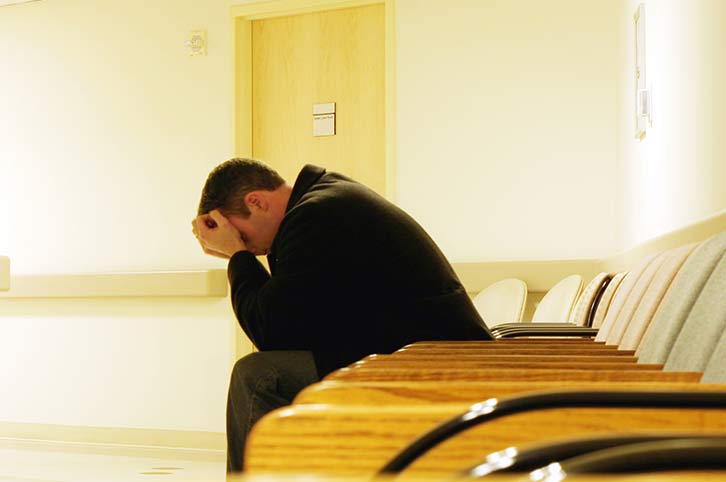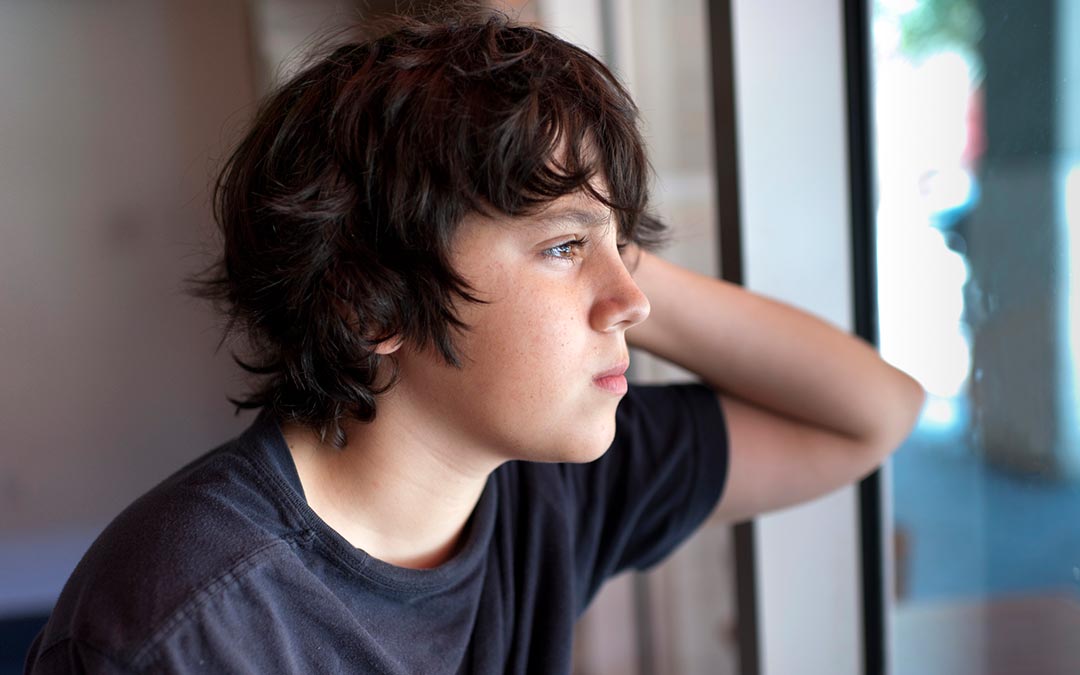By Dina Ortiz, MSW, LCSW
Dina Ortiz, LCSW, is social worker specializing in outpatient mental health care. She is a California resident and has traveled to the Gulf Coast to help Hurricane Katrina survivors. This is her firsthand account.
During the first week of September 2005, the National Association of Social Workers (NASW) sent a request for social workers via email asking them to volunteer with the American Red Cross to provide mental health services. I responded to their request with a yes. The primary assignment for mental health workers would be to support Red Cross Staff.
A Call to Help Survivors
I soon received a telephone call from the Red Cross in Washington, DC. They wanted me to leave that day. After some discussion, it was agreed that I would leave the 10th of September (two weeks after Katrina had hit the Gulf Coast) to go to Montgomery, Alabama.
There were approximately 13 mental health workers who arrived in Montgomery on the same day. We received a Red Cross orientation and were “processed in” as disaster volunteers. The following day I was deployed to the Coast of Mississippi.
Seeing the Devastation
A “tourist bus” transported me with other volunteer health workers to our final destination. On the way, I began to see the devastation of Hurricane Katrina up close and personal. There were some awful sights. We saw ships that were settled on land. We saw bridges that had been ripped in half. We saw houses that had been lifted from their foundations and lodged on other sites. Sometimes these homes were on their sides or turned completely upside down.
Basic Needs
During my first day on the Gulf Coast, I passed out bottles of water and dinners in containers to people who were cleaning up and working on their homes. I went through the debris with one woman who was attempting to find anything from her home worth keeping.
The debris created by Katrina was like sawdust. This rubble used to be homes. The sawdust was mixed with clothing, stuffed animals, and what appeared to be garbage. The smell was a mixture of death, rotten garbage, and mold. I was overwhelmed.
After about four hours of serving on the Coast, the mental health supervisor assigned me to a shelter. I would be based there for the next couple of weeks. I slept on a cot, showered in the shared bathroom, and did not leave the shelter for the first 10 days. (There was no such thing as privacy.)
I was available to help everyone in the shelter, including hurricane survivors and other shelter volunteers. The shelter was St. Paul’s Methodist Church in Oceanside, MS. The church’s structure had suffered minor damage but was still functional. There were approximately 150 displaced individuals (clients), 100 volunteers from churches throughout the United States, and 10 Red Cross staff staying at the shelter.
The clients were very busy each day. For example, they would sign up for resources, including FEMA and Red Cross financial services. They would search for clothing looking through piles of clothes at several different sites, and they would travel to the places their homes used to be and try to salvage some of their belongings.
The church volunteers were also very busy. They cooked meals for everyone and they degutted houses. They provided clothing, bedding, baby formula, baby diapers, cleaning supplies, and personal hygiene items to people in the shelter and the surrounding area.
The Red Cross staff consisted of nurses, case managers, and emergency service workers. I was assigned to the mental health support staff that helped the clients. The clients’ needs were great, and the term “mental health services” was used in a very broad sense: case management services, crisis intervention, mediation with staff and clients, locating love ones (dead and alive), unloading supplies, going through the debris with clients, and doing whatever needed to be done.
Bearing Witness
The hurricane victims’ stories were the hardest to bear witness to. When they told their stories, they would stare straight ahead. Some had no emotions when they talked.
One woman, her husband, and their adult son were trapped in their home. She said the water rose from the floor to the ceiling almost instantly. When the water was up to her chin, she called 911. The 911 operator suggested that they stand on their furniture until the water receded. The operator said they had no one to send to help them.
The woman explained to the operator that she and her family could not stand on the furniture, because the furniture was floating on the water. She told me that she, her husband, and her son were finally able to open the front door of their home. This was a struggle because there was water pressure from both inside and outside their home. When they did finally open the door, they swam to dry land, which was a little island.
The water they swam in contained sewage and dead bodies, household items, furniture, cars, etc. That evening after the water had receded, the woman stated that she and her husband went back to their home and slept on their soaking wet bed. This lady, while staying in the shelter, was suffering from nightmares of drowning in this water.
Another survivor account came from a man who looked and acted like the Country & Western singer Willie Nelson. This man had been walking the streets of Biloxi, MS, until one of his friends transported him to the shelter. He stated that he had been looking for his wife for the past two weeks. He did not know if she was dead or alive. After I spent a couple of days of going to funeral homes and police departments trying to locate the man’s wife, I received a phone call stating that her body had been found in the ocean. When the man learned his wife’s fate, he seemed to accept her death. He laughed and stated that his wife had wanted her body to be cremated and the ashes to be thrown in the ocean. Was this shock or acceptance?
Conclusion
The survivors in the Gulf have spirit and resilience. Their culture is rich and vibrant. They were thankful even in the time of destruction. When they told their stories, they often gave lots of details and included the humor. Staying at the shelter twenty-four hours a day, seven days a week, I came to appreciate the survivors and their strength. I will never forget them and I hope we will never forget the tragedy of Hurricane Katrina.
And yes, I would help again.




